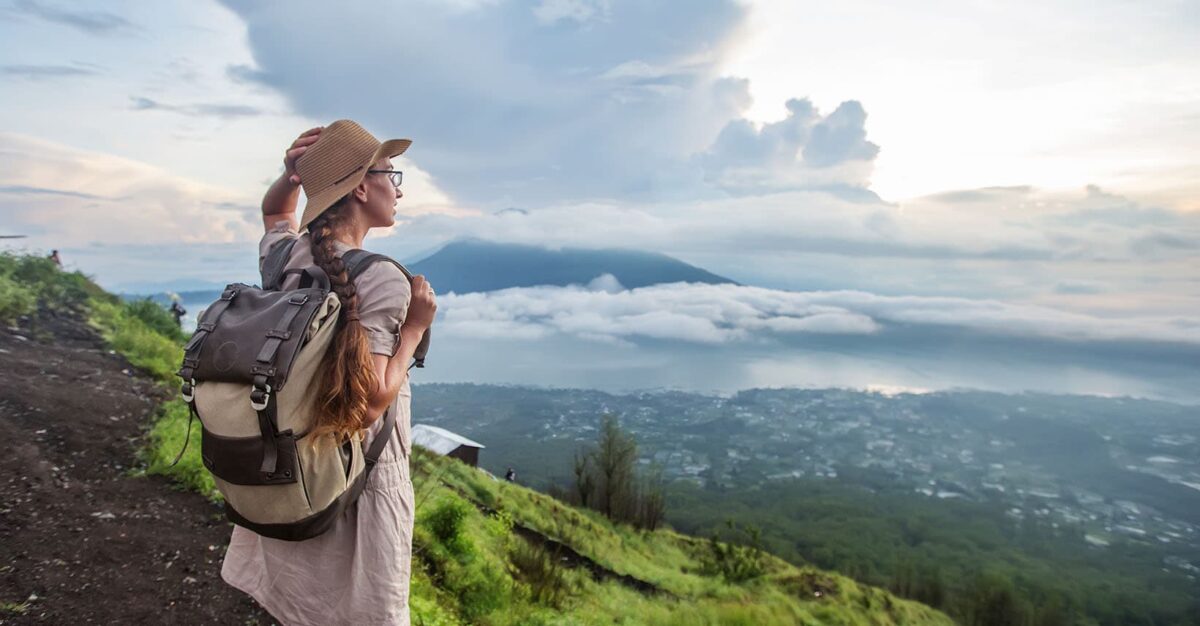Sustainable travel is more than just a trend; it’s a movement toward protecting our planet’s most cherished natural spaces. As visitors flock to the breathtaking landscapes of US national parks, the need for responsible tourism becomes increasingly critical. Sustainable practices ensure that these magnificent environments remain pristine for future generations while minimizing our ecological footprint.
The Environmental Impact of Tourism on US National Parks
Tourism is a double-edged sword for national parks. On one hand, it brings essential revenue and awareness to these natural wonders. On the other hand, the influx of visitors can strain ecosystems, disrupt wildlife, and contribute to pollution. National parks like Zion, Yellowstone, and Yosemite face challenges such as overcrowding, littering, and habitat destruction.
Tips for Eco-Conscious Travelers: How to Visit National Parks Responsibly
Visiting national parks responsibly requires mindfulness and a commitment to preserving their natural beauty. Here are some practical tips for eco-conscious travelers looking to minimize their environmental impact while enjoying these incredible landscapes:
Choosing Sustainable Transportation
Minimizing your carbon footprint starts with how you choose to travel. Opt for public transportation or carpooling when visiting national parks. Many parks offer shuttle services that reduce traffic congestion and emissions. When planning your trip, consider eco-friendly options such as electric vehicles or biking.
Packing and Disposing of Waste Properly
Leave no trace is a fundamental principle of sustainable travel. Pack reusable items like water bottles, utensils, and shopping bags to reduce single-use plastic waste. Ensure you dispose of waste correctly by using designated trash and recycling bins. If you come across litter, pick it up—every little bit helps in keeping the parks clean.
Supporting Local Eco-Friendly Businesses
Boost the local economy by supporting eco-friendly businesses. Choose accommodations that prioritize sustainability, such as green hotels or campgrounds. Dine at restaurants that source locally-grown, organic ingredients. Purchasing souvenirs? Look for items made by local artisans using sustainable materials.
The Economic Benefits of Sustainable Tourism for Local Communities
Sustainable tourism not only protects the environment but also stimulates local economies. By spending your money at eco-conscious establishments, you help create jobs and support community development. Local businesses thrive, ensuring that the economic benefits of tourism are distributed fairly and contribute to the overall well-being of the community.
The Role of Technology in Promoting Sustainable Travel and Enhancing the Visitor Experience
Technology is a powerful tool in promoting sustainable travel. Apps that offer real-time information on park conditions, such as the weather in Zion National Park, help visitors plan their trips more effectively. Digital maps and guides reduce the need for paper, while virtual tours and augmented reality experiences provide educational opportunities without the physical impact on the environment.
Moreover, social media platforms can spread awareness about sustainable travel practices and the importance of preserving national parks. Engage with online communities dedicated to eco-conscious travel to stay informed and share your experiences.
Conclusion
Sustainable travel is an essential responsibility for all who seek to explore and enjoy the natural beauty of US national parks. By adopting eco-friendly practices, supporting local businesses, and leveraging technology, we can significantly reduce our environmental impact.
Let’s make a collective effort to preserve these national treasures. Remember, every responsible action we take today ensures that future generations can experience the awe-inspiring landscapes that we hold so dear. So, as you plan your next adventure, think sustainably and travel responsibly. Together, we can protect our national parks for years to come.
Also Read: https://usatimenetwork.com/




